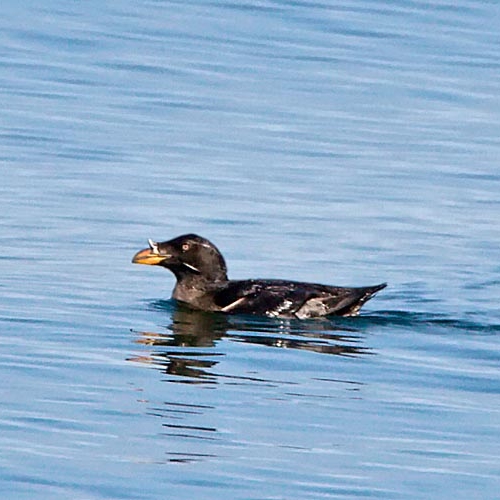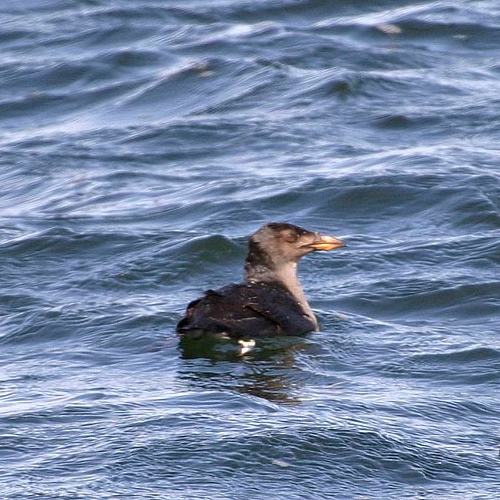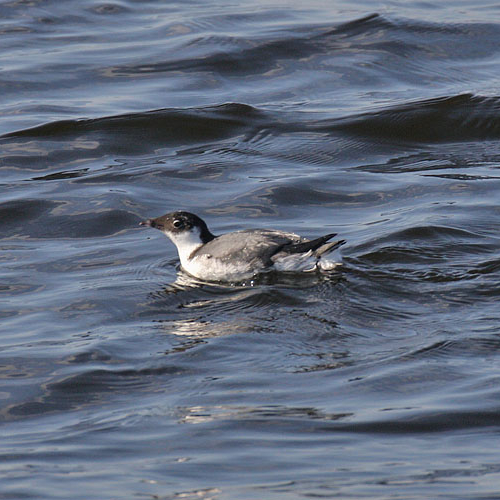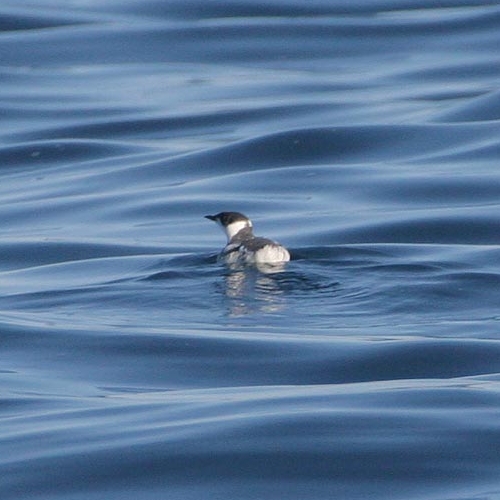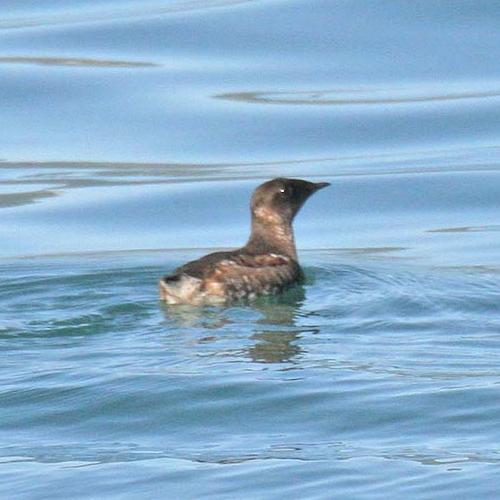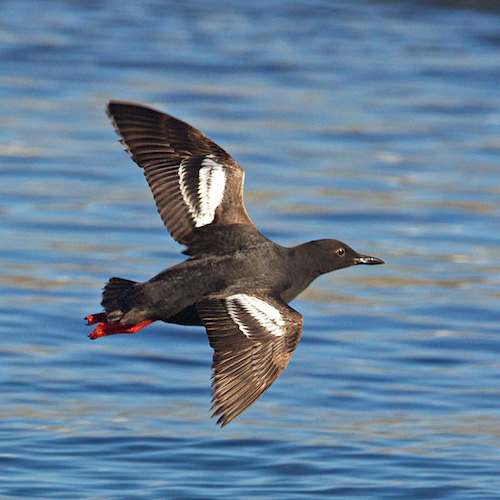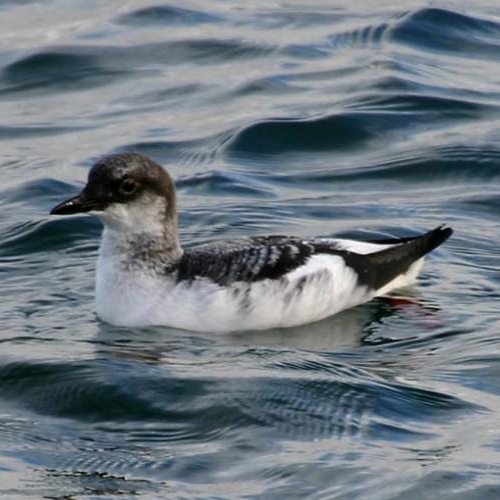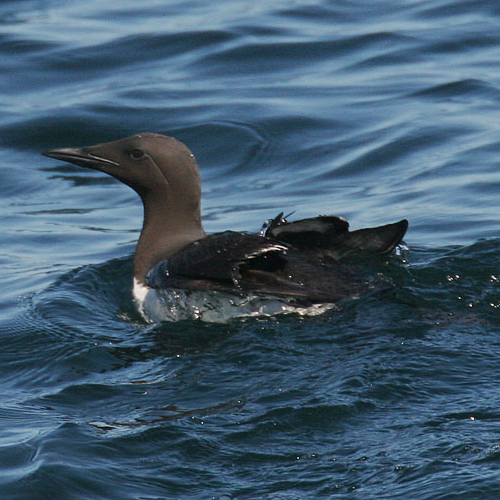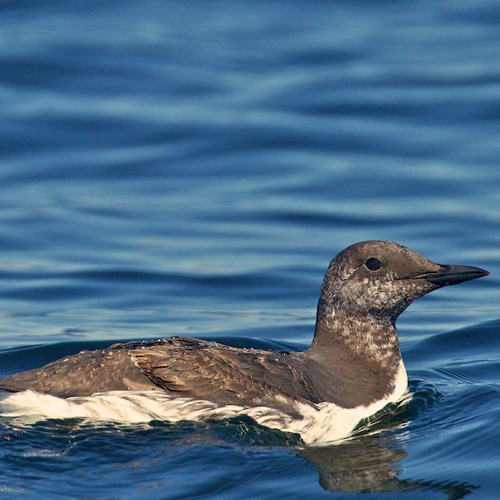Merlins are Fairly Common from August-May.
Habitat
During migration and winter, they are found in more diverse habitats, including coastal areas, estuaries, agricultural lands, cities, suburbs, small towns and bigger towns.
Behavior
Merlins capture airborne prey, employing a level sprint with abrupt turns. Rarely do they use the steep dive technique for which their larger relative, the Peregrine Falcon, is well known. They cache extra food on a branch or in an unused nest. Sometimes they fly low to the ground, surprising their prey. Merlins practice a variety of acrobatic, in-flight, courtship displays. They are cantankerous birds, seldom passing up a chance to hassle another raptor.
 |
| Taiga Merlin |
 |
| Black Merlin |
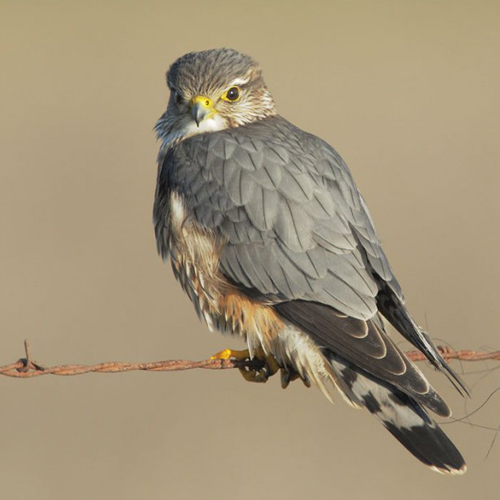 |
| Prairie Merlin |
